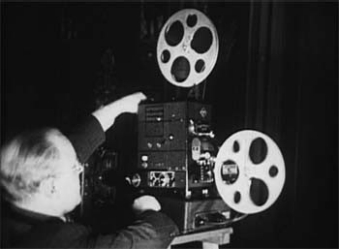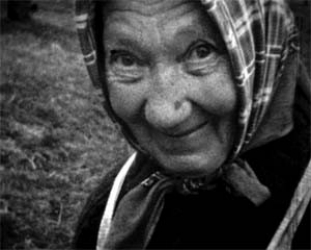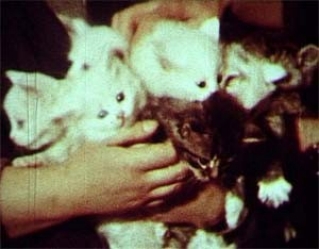Latvia’s history in the 20th century was extremely turbulent. The independent Republic of Latvia was formed in 1918, and 20 years of relative peace and prosperity followed. Beginning in 1939, however, the country was occupied first by Soviet and then Nazi troops. After World War II the republic was forcibly incorporated into the Soviet Union. There ensued a period of rigidly authoritarian rule under which any opposition to centralized Communist Party ideology had severe repercussions. Mass deportations to Siberia were used to terrorize the population during the Stalinist period until 1952, and Latvia remained a part of the repressive Soviet system until it regained its independence in 1991.
Home movies are a revealing genre in any culture, but those made by people living under a totalitarian regime can show important facets of shared history that would otherwise never have been preserved. This was why, almost 20 years after the collapse of the Soviet Union, filmmakers associated with the Ģilde film studio, Romualds Pipars (b. 1952) and Maija Selecka (b. 1937), gathered and digitized 450 hours of footage that had been shot with 8 mm cameras from the 1950s through the 1980s in Soviet Latvia and preserved by more than 70 home movie enthusiasts. The film The Flipside of the Coin is a 100-minute selection from that footage that addresses, using previously publicly unseen images and meticulously reconstructed sound, a contentious cultural and political history—the other side of the “coin” of Soviet experience that was overshadowed by its official representations.
The film documents the work, leisure, celebrations, and everyday life of several generations in an era of rigid political censorship and portrays life in a socialist country where the domineering official ideology differed greatly from the concerns of ordinary citizens in their private affairs. The film shows such intimate and personally significant events as children’s first steps, family holidays, weddings, funerals, parties, and rites of passage. Public scenes typical of and particular to Soviet life also abound—footage of queues in stores due to food shortages and rationing, official parades, meager living conditions, and the loving care of a car, a prized possession for many people who could acquire one only after spending fifteen years on a waiting list.




